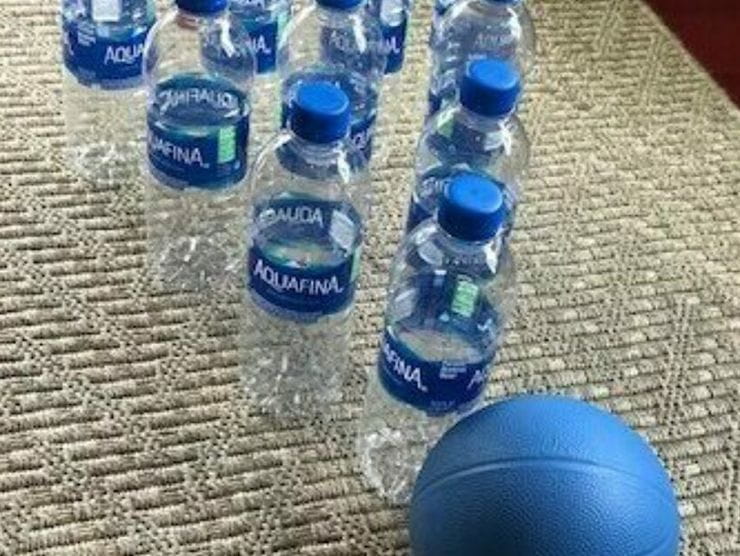There are two common directives we tend to hear as HR consultants, especially when we evaluate work/life balance or assess well-being at an organization: "We need to tackle the big issues with data," and "We need to identify low-hanging fruit quickly."
That tells us two things. The client understands that the study process will uncover needs, and addressing those needs will take an investment from the organization (time to implement as well as the finances to do so). But they also recognize that they need to show employees, quickly, that they're listening to feedback and responding in a way that feels authentic.
The question is, how do you identify effective, quick-to-implement responses while still ensuring the organization continues with the important larger planning?
Achieving both requires exhaustively analyzing requirements and rewards. We do this in strategy sessions with our clients after we deliver findings from a work/life needs or well-being assessment study.
It's in these sessions that our consultants and the clients come together to discuss the implications of the data and all the possible organizational responses to the uncovered needs. We don't limit ourselves by roadblocks; rather, we engage in perfect-world, "blue sky thinking" idealism.
That kind of idealism can be pretty frustrating, if not handled properly. Because as we brainstorm and consider ideas, participants start to feed off of each other's energy and get excited about all the possibilities only to have their enthusiasm dashed with reality sinks in.
Typically these ideas can be implemented quickly. Quick turnaround demonstrates the authenticity of the process to employees, while also giving leadership time to respond to bigger ideas that occupy the "high impact, high investment" space.
It's a simple approach we've implemented with many clients, with great results. The success can be measured in multiple ways, from positive employee responses to delivery on long-term business needs.
Just as importantly, it ensures from the outset that we meet both of our client directives - to provide a quick fix today, and to set them up for farther-reaching results down the road.
That tells us two things. The client understands that the study process will uncover needs, and addressing those needs will take an investment from the organization (time to implement as well as the finances to do so). But they also recognize that they need to show employees, quickly, that they're listening to feedback and responding in a way that feels authentic.
The question is, how do you identify effective, quick-to-implement responses while still ensuring the organization continues with the important larger planning?
Quick Fixes Versus Long-Haul Strategies
To have a chance at solving employees' work/life balance issues, leaders need to identify a change or response they can implement rapidly with minimal investment... all while they plan for the longer-term responses that require time to gain both the approval and financing.Achieving both requires exhaustively analyzing requirements and rewards. We do this in strategy sessions with our clients after we deliver findings from a work/life needs or well-being assessment study.
It's in these sessions that our consultants and the clients come together to discuss the implications of the data and all the possible organizational responses to the uncovered needs. We don't limit ourselves by roadblocks; rather, we engage in perfect-world, "blue sky thinking" idealism.
That kind of idealism can be pretty frustrating, if not handled properly. Because as we brainstorm and consider ideas, participants start to feed off of each other's energy and get excited about all the possibilities only to have their enthusiasm dashed with reality sinks in.
Balancing Work/Life Impact and Investment
That's where we step in to paint a picture. We map all the possible responses into a matrix, placing each idea based on its impact on identified needs and the investment required. As we plot the ideas we generated, low-hanging fruits will identify themselves on our matrix, appearing in the "high impact" and "low investment" spaces.Typically these ideas can be implemented quickly. Quick turnaround demonstrates the authenticity of the process to employees, while also giving leadership time to respond to bigger ideas that occupy the "high impact, high investment" space.
It's a simple approach we've implemented with many clients, with great results. The success can be measured in multiple ways, from positive employee responses to delivery on long-term business needs.
Just as importantly, it ensures from the outset that we meet both of our client directives - to provide a quick fix today, and to set them up for farther-reaching results down the road.





